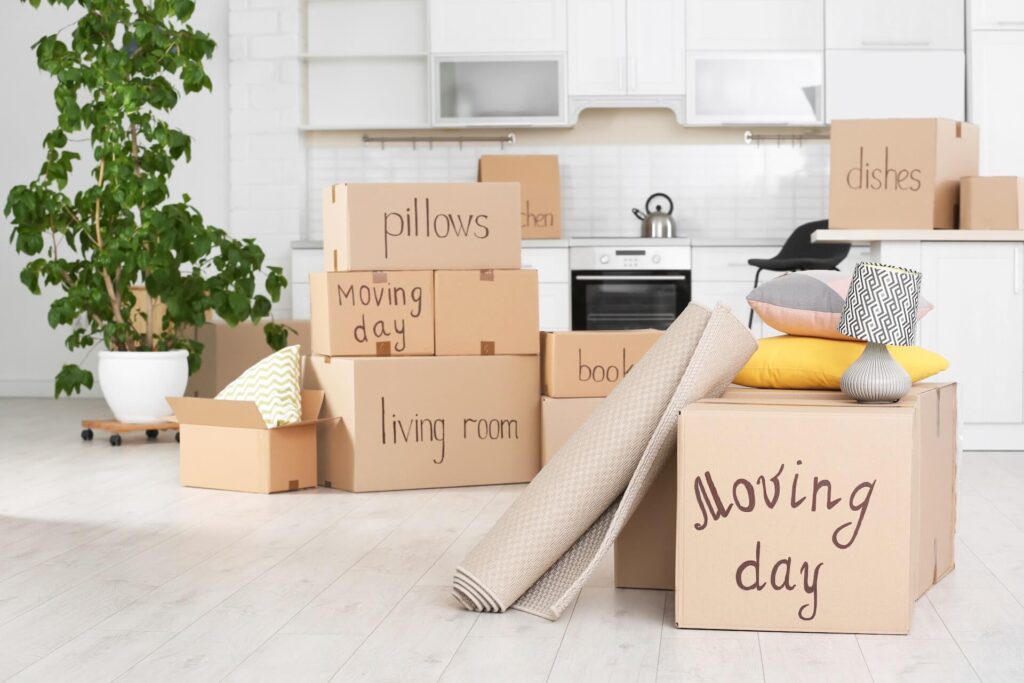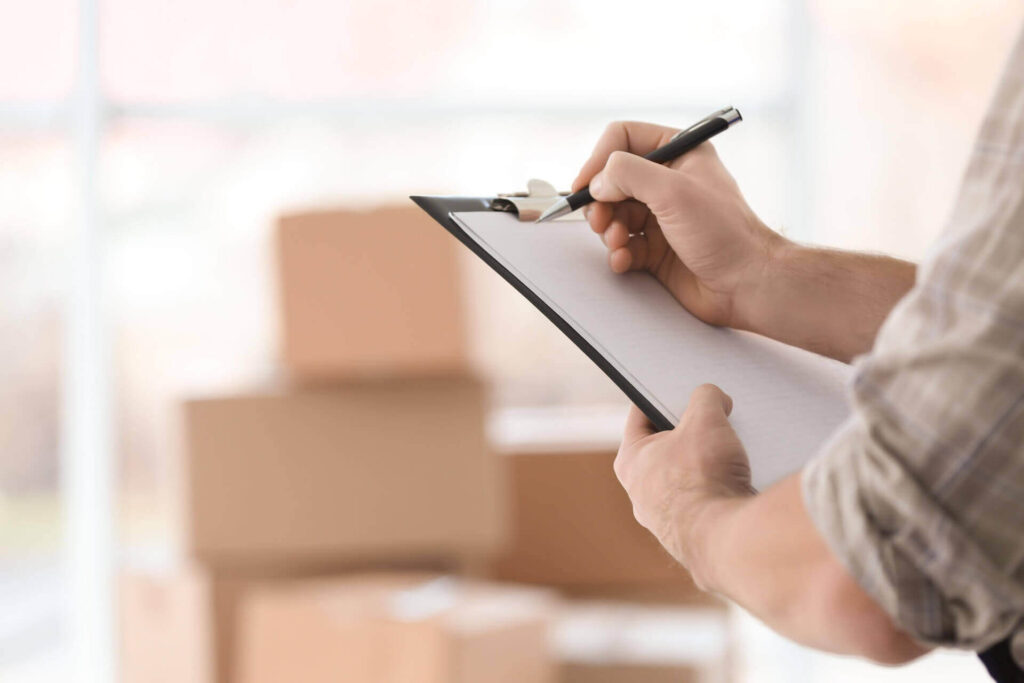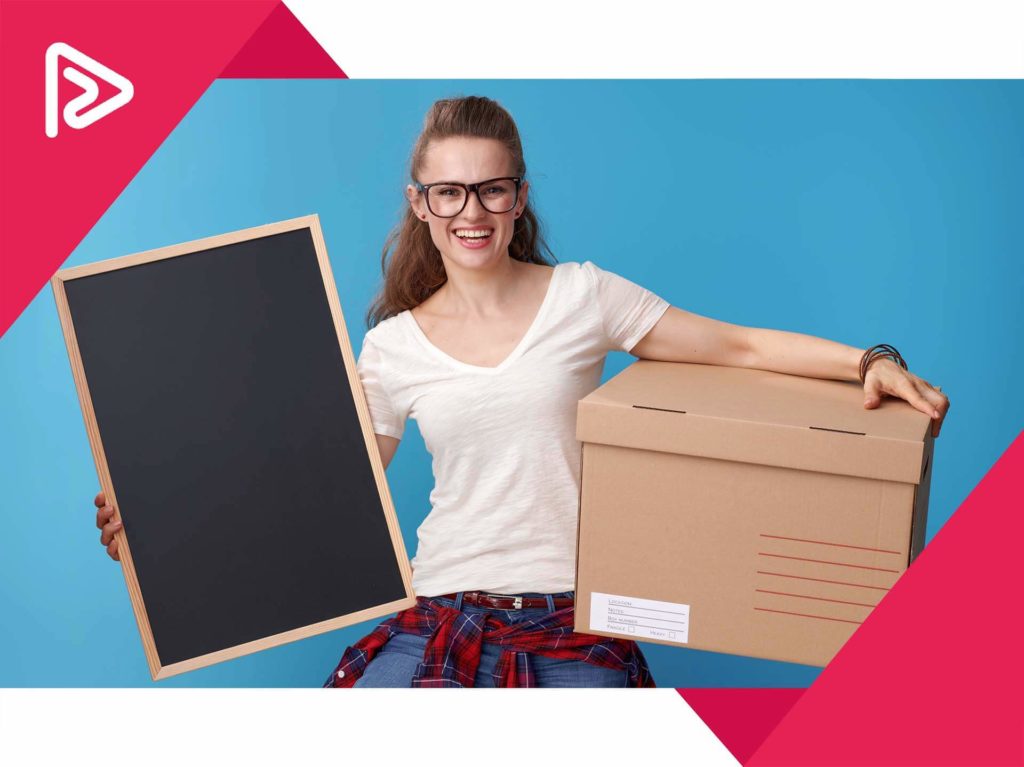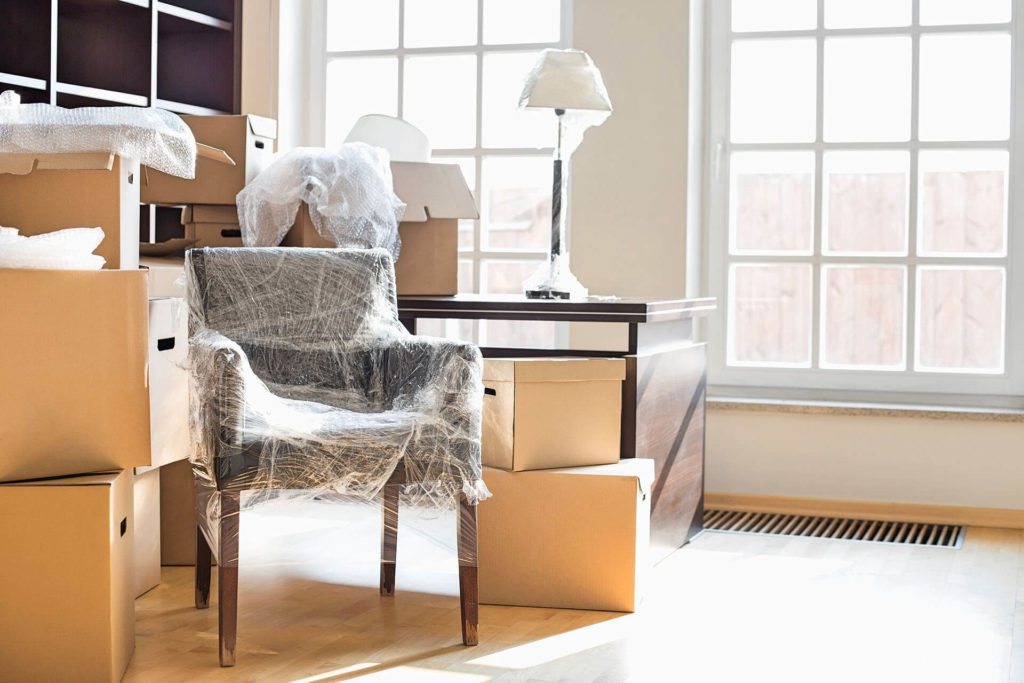Posted in
Moving Tips&Tricks
on February 19, 2024

Diana Road
A talented writer from Wichita, Kansas, with a passion for helping people navigate the stressful process of moving. With her extensive knowledge of the moving industry, Diana has become a go-to resource for useful info
Creating the Perfect Packing Schedule for Moving – A Step-by-Step Guide
The purpose of the packing schedule for moving is to streamline the entire relocation process. It’s all about organizing tasks efficiently, reducing stress, and ensuring nothing is overlooked. A well-structured plan should break down the whole process into manageable tasks, promoting a systematic and orderly transition from one home to another. Let us assist you, ensuring a smoother, more controlled relocation experience.
What Is the Purpose of a Packing Schedule for Moving?
Creating a detailed household moving plan ensures a smooth transition. By setting a definitive date and tailoring the schedule to your household size, you establish a solid foundation. Starting early is key, allowing time to declutter, gather supplies, and store away non-essentials.
Boxing up one room at a time, moving box labeling, and keeping a detailed inventory enhance organization. In the final weeks, focus on preparing essentials for a moving day and protecting delicate possessions. When the big day comes, be prepared for the relocation team’s arrival. Finally, efficient unpacking methods will help you settle into your home and mark the successful end of your relocation journey.
Create a Detailed Packing Timeline for Moving
Creating a detailed moving packing plan is a strategic step in any successful relocation. It serves as a roadmap, guiding you through each phase of this process. A well-thought-out timeline not only helps in organizing your packing efficiently but also plays a crucial role in minimizing the relocation stress.
By breaking it down into smaller bits, you can maintain control over the process, ensuring that nothing is overlooked and you won’t face last-minute chaos. This way, you will save precious time and handle unforeseen challenges with ease.
Set Your Relocation Date on Time
Setting a clear date will anchor your entire schedule and provide a clear deadline around which your activities revolve. Working backward from this date will enable you to allocate adequate time for each phase, ensuring a methodical approach to the process. It helps prevent anxiety about moving out, reducing the risk of rushed decisions, common mistakes, or important tasks being overlooked.
Evaluate the Size of Your Household So You Can Tailor Your Schedule Accordingly
Larger homes, with more rooms and belongings, naturally demand more time and resources to pack and organize. It’s essential to assess the scope of your living space realistically and tailor your boxing-up process accordingly. By understanding the extent of your possessions, you can allocate sufficient time for sorting, decluttering, and storing.

The stress of long-distance moving can be mitigated by planning on time
Begin This Process by Sorting and Decluttering Through Your Belongings
You should begin with sorting and decluttering before moving. This process is an opportunity to reassess and relocate only what’s truly important. Reduce the number of things you need to pack by selling them through a garage sale or online platforms like Craigslist.
Go through your possessions again and you will probably cut the pile in half. Donate things that are in good condition to charities and get rid of items that have served their course. This way, you’ll save space and time and save on your relocation costs. Strategically downsizing allows you to have a more organized and less cluttered fresh star at your future abode.
Gather the Necessary Supplies
Before diving into this process, it’s essential to arm yourself with the right tools. High-quality packing materials are pivotal in protecting your belongings during transport. They provide security and stability, ensuring that your items arrive in the same condition they left. Here’s a list of different packing materials that will make your boxing-up process more efficient:
- Sturdy boxes – invest in high-quality boxes in various sizes. Ensure they’re sturdy enough to withstand the weight of your belongings throughout shipping.
- Dust tape – use heavy-duty tape to secure your crates. Don’t skimp on this. A strong tape ensures that they stay closed and your items remain secure.
- Bubble wrap and clean paper – for securing fragile items, bubble wrap is essential. On the other hand, clean paper can be used to fill voids, prevent movement, cover flat surfaces, or wrap weirdly shaped objects.
- Markers and labels – label each box with its contents and the room it’s destined for. This makes unpacking a systematic and straightforward process.
Box up Your Non-Essentials First
These are things you don’t use daily and won’t miss in the weeks leading up to your relocation. Out-of-season clothing, books, and decorative objects typically fall into this category. Boxing them up will quickly give you a sense of a positive progression.

You won't have time to reach out for your favorite book, so why not wrap them first
One of the Best Strategies Is to Go One Room at a Time
Room-by-room method can significantly streamline the process. This approach allows for a focused and organized boxing-up experience, ensuring that every item is given attention and care.
By isolating the chaos to one area, you minimize the disruption and confusion that often accompanies tackling multiple spaces simultaneously. This strategy will provide a clear view of your progress.
Label All of Your Packages and Enter Them in Your Inventory as You Go
Labeling is a lifeline. By marking each package with its contents and intended destination room, you pave the way for an efficient transition. This practice will aid the organization of your belongings during the loading of your relocation truck and greatly simplify the unpacking process.
Furthermore, maintaining a detailed inventory as you go acts as a safeguard, ensuring that every item is accounted for. In this grand tapestry, relocation labels, inventory management, and a good packing timeline for moving are threads that hold this entire process together.

Effective labeling will help your white glove movers appropriately handle your belongings
Final Weeks are for Packing Essentials and Safeguarding Fragile and Valuable Items
As the big day draws nearer, the focus shifts to boxing up essentials and safeguarding fragile and valuable items. Your essentials bag should be a curated collection of items you’ll need for the first few days post-move. Typically, this includes medications, toiletries, a few changes of clothes, important documents, chargers, and basic kitchenware. Think of it as a survival kit that will keep you comfortable until you’re fully unpacked and settled.
For high-value and fragile items, use sturdy, high-quality supplies, and take the time to wrap each item carefully and individually. Bubble wrap, clean paper, and sturdy boxes are your best friends here. Label these boxes as “Fragile” and instruct your movers that they need to be handled with extra care.
Confirm Details With Your White Glove Moving Company and Stay Connected Through the Whole Process
Confirm all details, including the exact date, time, and address for both departure and arrival. Discuss the plan for the moving day, making sure your movers are aware of any items that need special handling. It’s also a good practice to exchange contact information with the team leader, so you can stay connected throughout the process.
If any changes or unexpected situations arise, prompt communication can make all the difference in keeping things running smoothly. Remember, a successful relocation is so much more than transporting your goods from point A to point B. It’s about ensuring that everything is handled with care and coordination every step of the way.

Clear communication will streamline your transition
Here’s What You Can Expect on Your Relocation Day
The day you’ve been planning for has finally arrived! However, the key to a smooth transition starts well before the movers show up at your doorstep. Moving day preparations should begin as early as possible. Start by double-checking that all your belongings are properly packed and labeled.
Ensure that essential items like your essentials, important documents, and valuables are easily accessible.
Also, confirm all the logistics with your company to make sure everyone is on the same page regarding the schedule, routes, and special instructions.
The relocation team will arrive, and the process will kick into high gear. So, try to stay collected and keep a moving checklist handy to track the loading and unloading process easily. A well-structured plan and a positive attitude can go a long way in ensuring a successful and stress-free experience.
It usually takes us around a month to pack without hurry.
Be Ready for the Arrival of Your Relocation Team
One of the critical aspects of a smooth moving day is being prepared for the arrival of your relocation team. This involves ensuring that everything is in place and ready to go when the movers show up. Clear pathways and hallways to make it easy for them to maneuver furniture and boxes. A smooth start sets the tone for the entire day.
Have a Final Walkthrough of Your Home to Ensure Nothing Is Forgotten
This is your opportunity to ensure that nothing is overlooked. Check every cabinet, shelf, and closet. Don’t forget to look in the commonly forgotten areas like attics, basements, or medicine cabinets. It’s also a good time to ensure that all lights are off, faucets are shut, and windows are securely locked.

A final walkthrough will ensure that nothing of your belongings is left behind
Strategies for an Efficient Unpacking and Settling In Experience
Just as packing requires a systematic approach, unboxing is a task that can be equally well-structured. To efficiently settle into your new home, it’s essential to prioritize rooms based on your immediate needs. Start with the essentials, such as the kitchen, bedroom, and bathroom. These are the areas where you’ll likely need items right away.
Take your time to arrange your belongings thoughtfully, considering the layout and functionality of each room. By following this structured approach to unpacking, you can turn the process into a manageable and enjoyable experience, ensuring that your new home reflects your lifestyle.
Storage Services
Our spacious climate-controlled units will protect your things until the drop-off. No need to worry about them because all items are labeled and secure, and each customer gets a dedicated unit mixup isn’t possible.
Learn more
Learn more
Auto Transport
Move your car across the country in an open or enclosed trailer – for an affordable fee. We offer car transport as a standalone service, but you can bundle it with your household move and get a hefty discount.
Learn more
Learn more
With Long Distance Movers Handling the Packing, You Can Concentrate on Your Settling Phase
As you can see, a good schedule can do wonders for your transition. However, with the right white glove moving service this process can reach its full potential. Long Distance Movers are here to make your journey a success.
We offer comprehensive long-distance moving services, that include professional packing solutions, that will ensure that your possessions are handled and transferred safely. Our team comes equipped with top-notch equipment and high-quality supplies, ensuring that your belongings reach you in immaculate condition. Feel free to contact us today and book our white glove moving services on time for your adventure.
How Far in Advance Should I Start Packing for a Move?
The timing for starting your boxing-up process largely depends on the size of your move and personal preferences. However, a general rule of thumb is to begin this process at least six weeks before your big day. This allows you to tackle the task in a structured manner and ensures that you have ample time to declutter, sort, and pack your belongings without feeling rushed or overwhelmed.
How Can I Ensure Fragile Items Are Safely Packed?
Ensuring the safety of your breakables is paramount. To achieve this, use sturdy and appropriate supplies such as bubble wrap, clean paper, and specialty boxes designed for fragile items.
Carefully wrap each fragile item individually, cushioning them to prevent breakage. When placing fragile items in boxes, use ample padding to create a protective barrier. Label these boxes as “Fragile” to alert your movers to handle them with extra care. Additionally, consider transporting these possessions yourself, to further ensure their safety.
Any Tips for Maintaining Organization on Your Big Day?
To maintain order, prepare a checklist with a detailed plan for the day. Label all boxes with their contents and designated rooms in your new home. Keep important documents, valuables, and an essentials bag easily accessible.
Communicate with your team and stay in touch throughout the process. Designate a central area in your new home for boxes and furniture to be placed, making it easier to distribute items to their respective rooms.
















